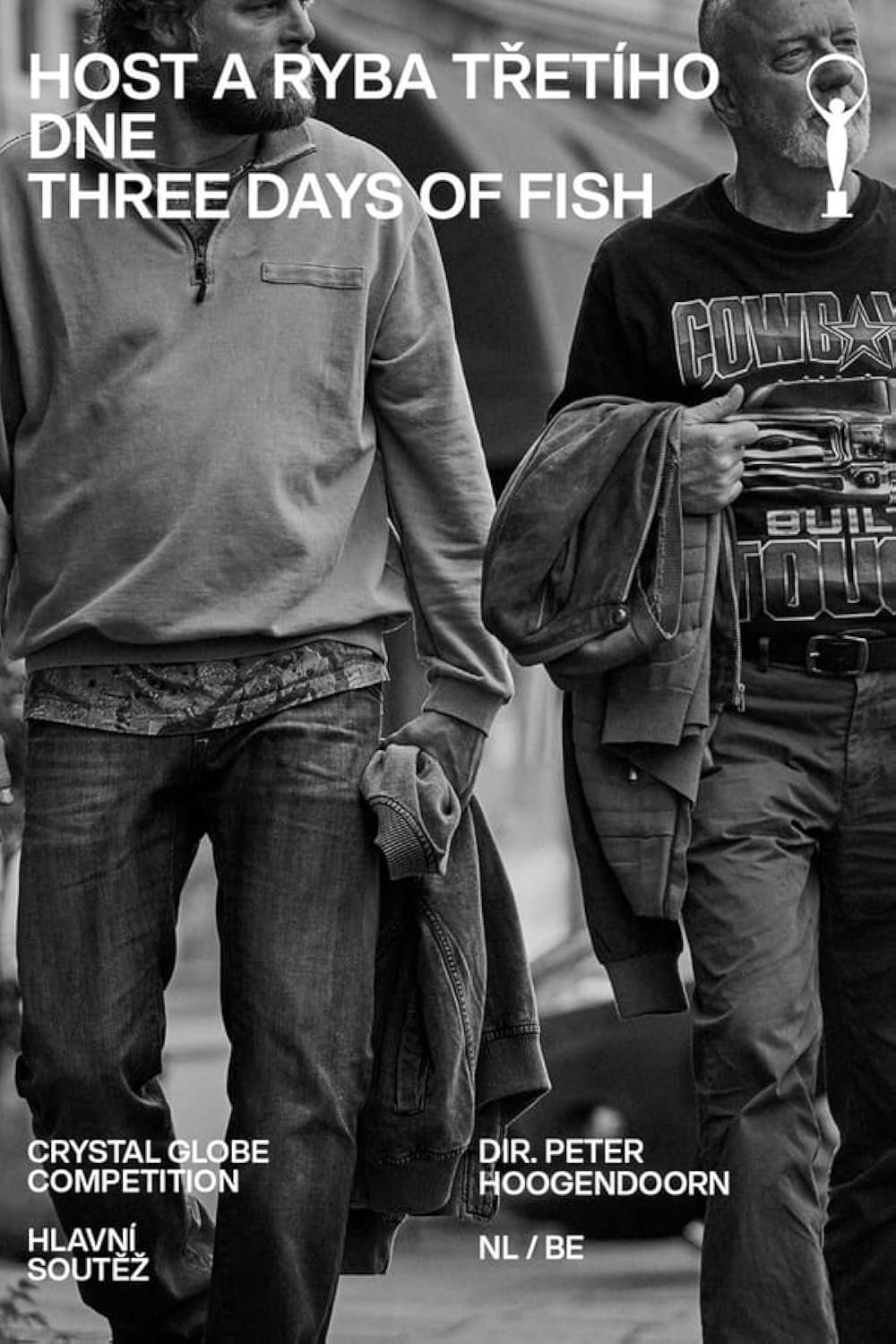Closeness, and how to remember it
Jasna Žarković
Four films from this year's Network of Festivals in the Adriatic Region programme (Three Days of Fish, Milk, The Hypnosis, and Flow) are united by the theme of closeness. Do we know how to desire it, recognize it, create it, fight for it, and preserve it? The answers vary. What matters is the need to reflect on our relationships with others, the role of emotions in them, and love as one of the most reliable foundational supports. Within ourselves.
Through the conversations of the main characters in Three Days of Fish, we learn that Gerrie, the father, left his family when his son, Dick, was a child. Later, he formed another family. Screenwriter and director Peter Hoogendoorn gives them three days (enough time for fish to spoil, i.e., for something to end or fall apart), during which a closeness hovers above their routine conversations about ordinary topics—a closeness they never had a chance to develop. The son yearns for it. The father is at peace. He doesn’t think he owes anything. He loves his son, and for him, that’s enough. For the son, nothing is enough because he never received that love. Lost long ago. Impossible to make up for. Is it possible to forgive and find a source of warmth within oneself?
In Milk, the second film mentioned, a young married couple, Robin and Jonas, go through the trauma of miscarriage during the advanced stage of pregnancy because the fetus didn’t survive. The difference lies in the milk Robin expresses, which she at one point stops discarding, deciding instead to donate it to mothers who don’t have milk. In doing so, the young woman rehabilitates her role as a mother, while the role of father remains inaccessible to her husband. We follow her developing closeness with the (unborn) child and the lack of understanding from her immediate and social environment, which affects their marital relationship. Will they manage to overcome the emotional imbalance? What helps them in this process? How much do their characters influence the dynamics of accepting loss? Is closeness a pillar of support?
Another young couple, Vera and André, are rehearsing a presentation for a startup pitch in The Hypnosis. He creates the script, she executes it. No objections. She doesn’t like that about herself and goes to hypnosis to peer behind the curtain of her consciousness and find the cause. Instead of gaining insight, she receives the suggestion to return to the child within herself. What would our social communication look like if we allowed the child within us to come forth? Honesty, spontaneity, the joy of pure emotion, play… He endured the provocation, even at the cost of losing the startup; she received confirmation of his love but couldn’t sustain her step forward. Who was braver? Is a lack of closeness in childhood the source of her insecurity and compliance?
They are all brought together by Flow, and placed on a sailboat. A cat, a crane, a retriever, a lemur, and a capybara—a crew of animated misfit travelers whose company will make you feel more human than being with any person. Closeness at its most basic settings: we tolerate each other because necessity forces us to. As the journey progresses, their empathy deepens. Through their actions and inarticulate but clear communication, the animals remind us of what it always means to be human—even outside the rules of communities, which often set us up incorrectly. Will they reach a safe harbor?
All four films intricately and subtly cut through the social fabric of the different environments in which they were created, raising questions about the quality of our relationships. In the last of the mentioned films, Flow, this environment, shaped by the freedom of animated storytelling, is elevated to a universal level. The theme of closeness is equally important in stories (or environments) that hide its significance. One thing is certain: in these and similar cinematic “investigations,” love seems increasingly endangered, while art is expected to find, describe, and preserve it.



